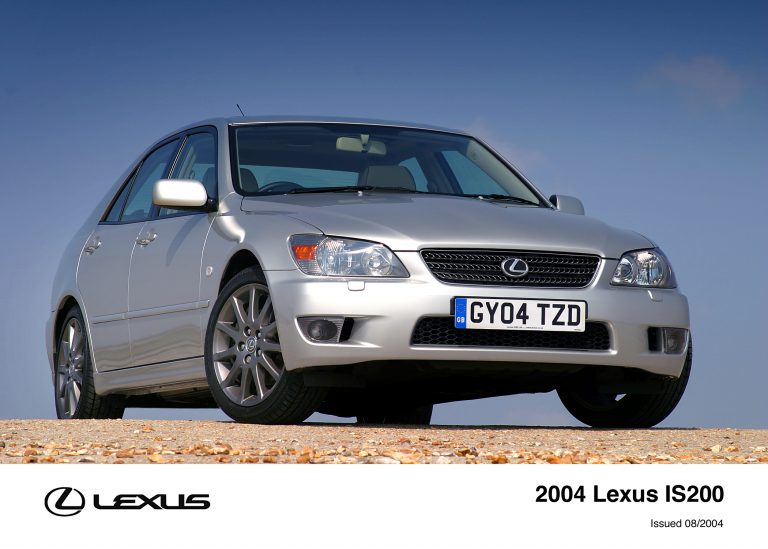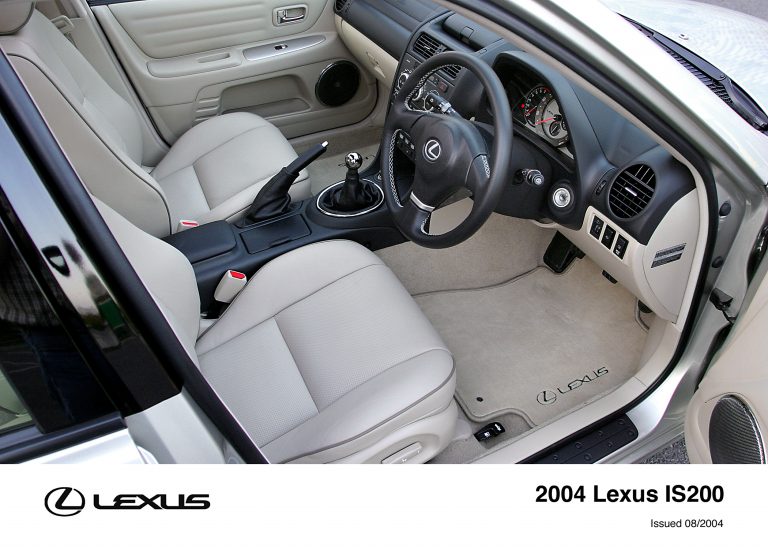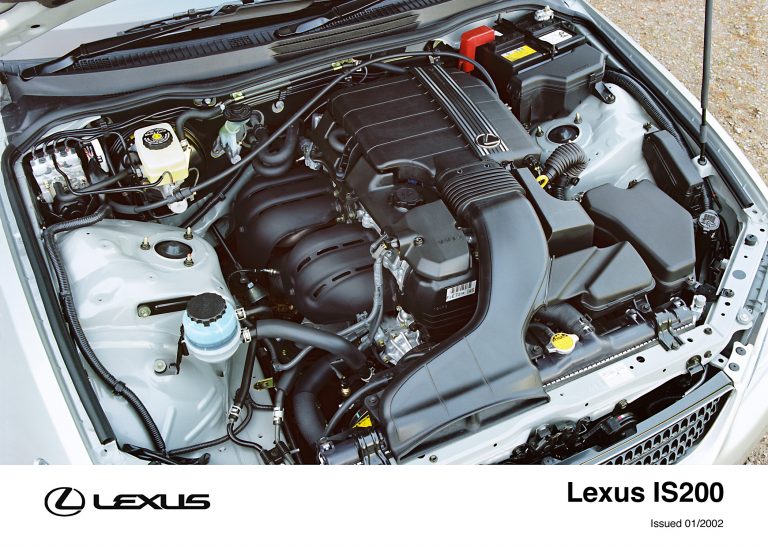Lexus IS200 – The Technical Story
ABG Motorsport was determined to find the best car it could when it set about preparing an entry for the British Touring Car Championship. Its worldwide search convinced it that that car is the Lexus IS200.
Unveiled at the Geneva Motorshow in 1998 and on sale in the UK since May 1999, the Lexus IS200 has already proved itself a winner with drivers thanks to its inspirational ride and handling, matched to Lexus’ trademark quality and refinement.
The car’s essential dynamic qualities are what make it a hugely promising competition prospect too, as team principal Tim Blake explained.
“We went for this car because of certain basic strengths. It has rear-wheel drive, which we think will be a big advantage under the new BTCC regulations, and perfect balance,” he said.
The car also benefits from double wishbone suspension front and rear and a body design that cuts front and rear overhangs to a minimum. The chassis’ balance is achieved by placing as many of the heavy components as possible within the wheelbase. Thus the engine is positioned behind the front axle, the battery sits at the back of the engine and the fuel tank is located behind the driver.
The BTCC car has been designed by preparation experts Dave Cook and Roger King, who bring vast touring car experience to the project. Dave’s championship experience extends from Gordon Spice’s class-winning 3.0-litre Ford Capri of the 1970s, through John Cleland’s victorious Vauxhall Astra GTE of 1989 to the preparation of the Vauxhall Cavalier GSi cars in 1992-3, while Roger was race engineer for BTCC champion Frank Biela’s Audi A4 and went on to work on the Audi Le Mans car.
The race car is powered by a 2.0-litre four-cylinder, 16-valve engine with double overhead camshaft, mounted longitudinally. It is not a power plant used in the road-going IS200 in the UK, but is permitted for the competition as it is fitted to the car in the Japanese market. Its construction features an iron block with alloy head and titanium valves.
For racing purposes it is stripped of its VVT-i variable valve timing features. Bob Jones is in charge of race engine preparation for the team and early testing results have been excellent. The engine will rev to 8,500rpm and the team is confident it will comfortably attain the 270bhp output target.
In a drive to keep competition costs down, the new touring car regulations specify certain components must be common to all competitors. These include the Xtrac six-speed sequential gearbox, AP disc brakes, BF Goodrich tyres and 17-inch OZ racing wheels. The fuel system, clutch, ECU and data logging system are also common to all competitors.
ENDS





